As some of you may remember, I had a house fire over a year ago. We are currently in the renovation phase of choosing tiles for the bathroom.
Oh the variety of printed ceramic tiles has totally amazed me. Maybe you have the question of how to print your designs on tiles like ceramic. This led me to search online, and what I discovered made me suspect that print was disappearing entirely.
The Method Used to Print Tiles for Centuries
From my research, screen printing seems to have been the preferred method. This makes sense because a large number of tiles can be printed cheaply with this method. Two types of screen printing were used: rotary and flat.
For clarity, flatbed printing uses multiple stretched pages with a faded (or transparent) design. The press operator pushes the ink through the open mesh by pressing a rubber squeegee onto the inked screen.
No ink will pass through areas of the page that are blocked (through physical blocking applied or photographed).
Although they are cylindrical press plates, they have a similar function. However, special color clips pass the ink through the screen mesh (but not through the blocked images).
The initial cost of setting up a screen printer for ceramic printing is high, but the unit cost is reduced by printing thousands of duplicate ceramic tiles.
From what I’ve read, the tiles are initially created but not fired or glazed. They are now just squares with any surface textures pressed onto them.
Then, using pigments (often some kind of mineral), screen printing adds decorations (motifs) while enduring the intense heat (up to 1,600 degrees Celsius) of the kiln.
Screen printing is used and the glaze is added before firing (again, glaze materials that can withstand the high heat of the kiln).
Screen printing adds patterning, glazes create a glassy coating to protect against moisture and bacteria, and firing strengthens the clay and makes the tiles durable. This method is screen printing, glazing and baking. This used to be the preferred method, but digital printing is increasingly outstripping it.
Digital Ceramic Tile Printing There is a risk of breakage when printing on the ‘biscuit’ screen, which are unfired, pre-formed ceramic tiles and rough designs that have already been pressed into them.
Screen printing requires touching the unbaked clay and applying minimal pressure in order for the ink to pass through the screen mesh. Digital inkjet printing, by comparison, leaves tile biscuits alone. Instead, it briefly sprays ink on them, which reduces breakage.

In addition, the variety of tile designs produced by screen printing is somewhat limited. If we did it differently, we would need more pages with different tile patterns.
In contrast, digital inkjet printing can create an almost infinite variety of unique patterns on tiles, so your bathroom may not have many or too many repetitive patterns.
Additionally, smaller, custom prints are becoming increasingly popular in industries such as tile and ceramic printing. For screen printing to be economically viable, you need to produce thousands of tiles, but digital inkjet printing allows you to print one tile, 100 tiles, etc.
Unlike analog methods like screen printing, inkjet has low startup costs, so you don’t have to worry about storage and inventory.
As a result, inkjet printing has begun to dominate the ceramic tile market. From what I’ve read, the biggest challenge in putting this digital printing technology together is finding pigment particles that are both large enough to be useful (they’re light and can withstand stovetop heat) and small enough. To place in a chemical suspension machine and pass through inkjet print heads on a clay biscuit bed.
Important challenges to overcome are the settling of pigment particles at the bottom of the liquid inkjet print mixture and the clogging of the print heads.
I have seen examples. The various ceramic tile samples I’ve seen brought my fiance back to the condo for review.

I just examined one of them under my printer’s loupe, and what appeared to be marble, granite, or some other type of natural material was actually just a collection of inkjet dots. It is interesting when we see it closely. When I look at the side of the tile, I first see a ceramic base that appears to be about 1/4 inch thick.
Then there is a thin layer that looks like paper, but is actually a chemical ground that is used as a base for ink jet pigments (as you prepare the canvas with gesso).
Additionally, there are ink dots that appear to extend to the edges of the tile. After that, there’s probably some coverage for life.
I understand from reading that these inkjet printed tiles are often made in such a way that the decoration is more than just a surface coating applied to the already fired ceramic tiles. Instead, it’s a step in the process that also involves kiln fire (and therefore uses mineral pigments).
Additionally, producing tiles this way seems to reduce fading from exposure to sunlight and wear and tear on the tile finish (ultimately, if you’re using these tiles in a commercial setting , you can have a lot of foot traffic).
Even though their method is not a sublimation process, one website specializes in tile printing. In other words, the website implies that the business’s inkjet method produces “genuine tiles” with all the tensile strength and color consistency of conventional screen-printed tiles. In addition, this business can print one or more tiles.
Some interesting examples that are far from ordinary.

At the many tile stores my fiance and I have visited recently for our home renovation, I’ve seen everything from real stone (quartz, marble, and travertine) to inkjet-printed replicas. In fact, I’ve learned to start by scanning next to the tile.
Pervasive patterns can be seen in natural objects. Inkjet tiles appear to have a surface ink deposit on a blank tile. However, the cases may be virtually indistinguishable next to each other. And there is no problem with the durability of the product.
Beyond the usual look, there are some rather unusual simulations such as inkjet simulations of stone, ceramic and wood on tiles.
There are even reproductions of commercial carpets on ceramic tiles that replicate the texture of the carpet. Even when you touch something, you don’t really know what you’re looking at.
The secret is that virtually anything can be made to look like something else using inkjet and other digital technologies.
And the complications are still being worked out. The goods are solid and look nice in my opinion, which proves that print is still alive. It is spreading in industrial environments like fire.

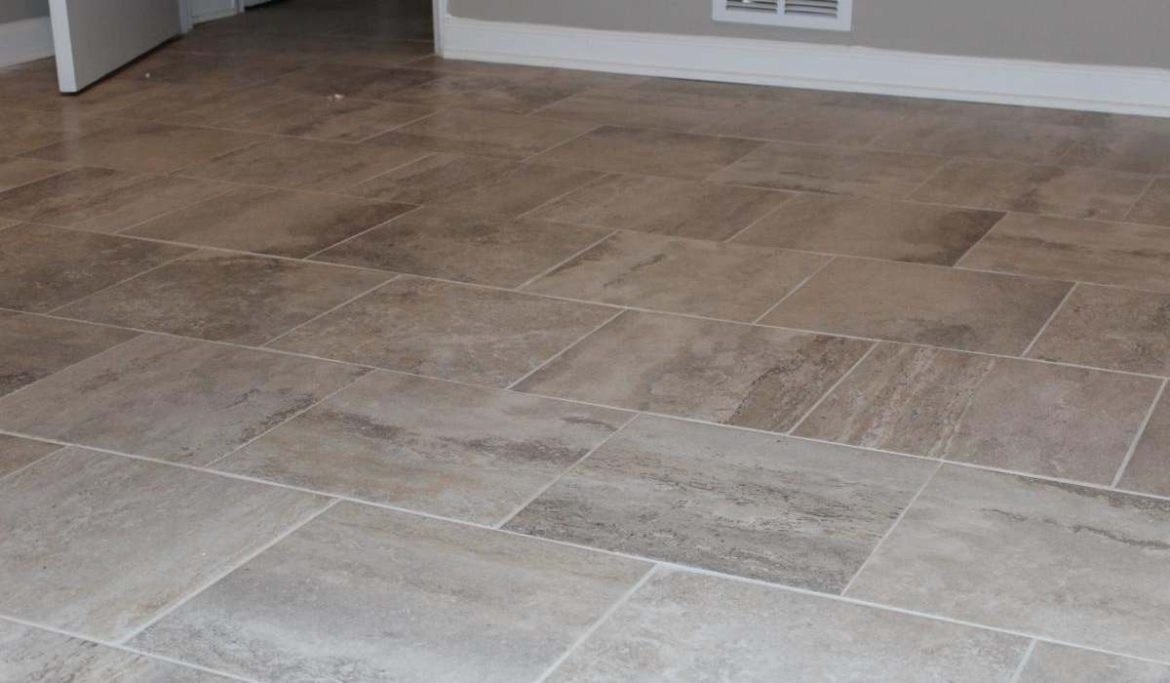
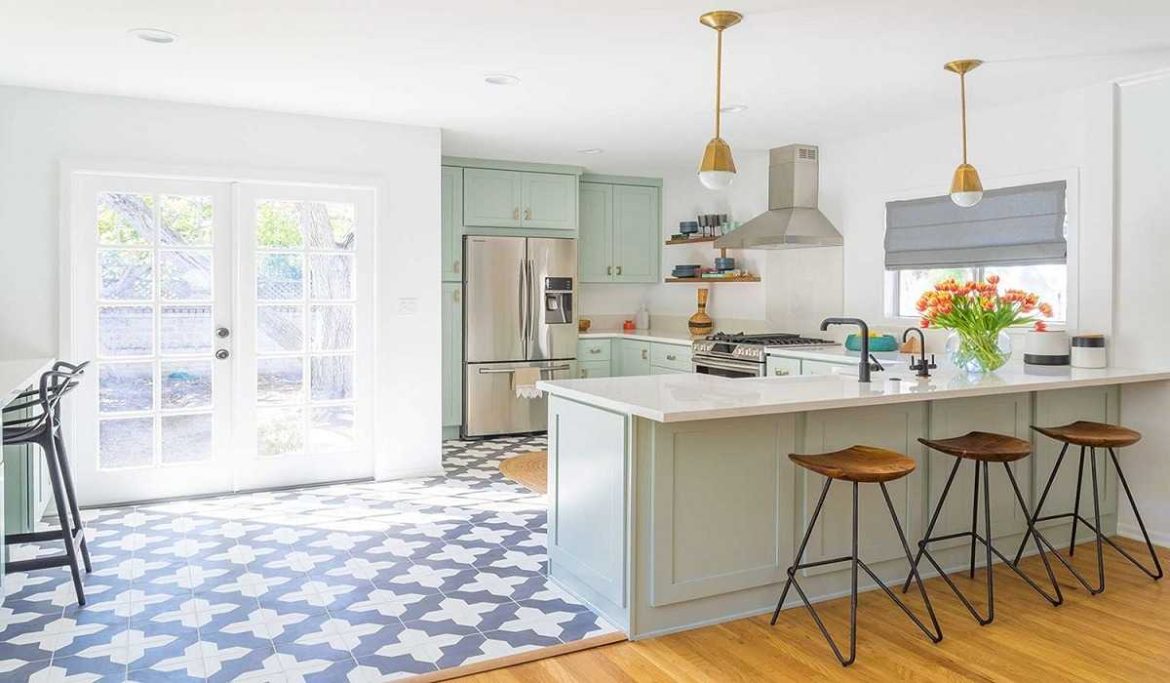
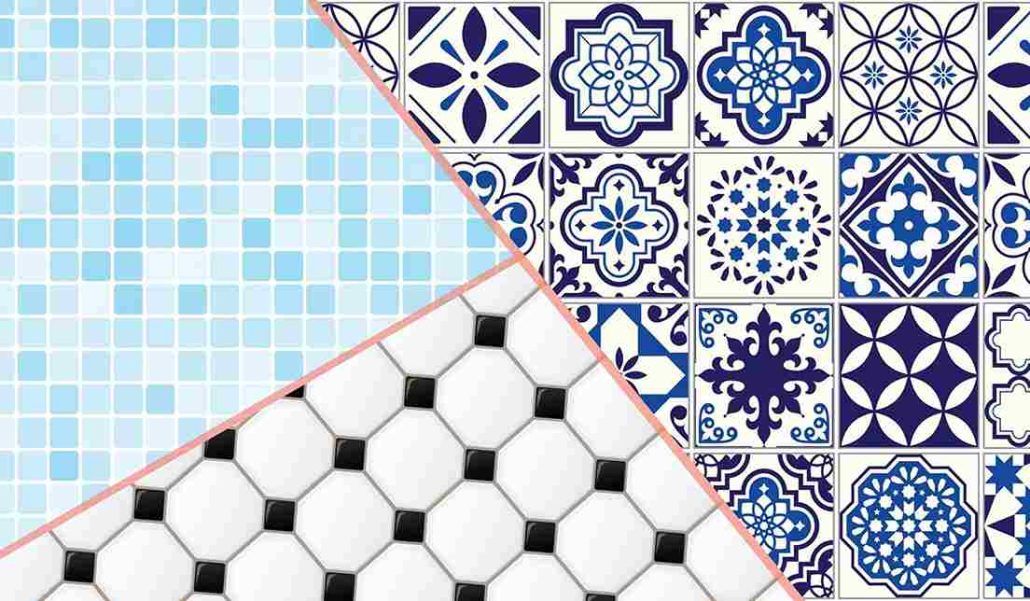
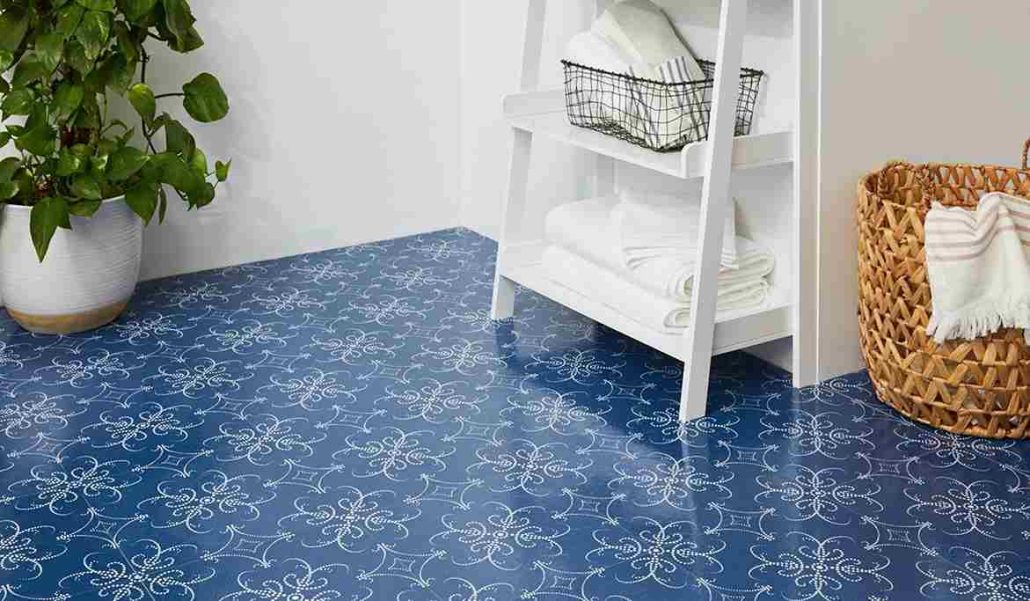

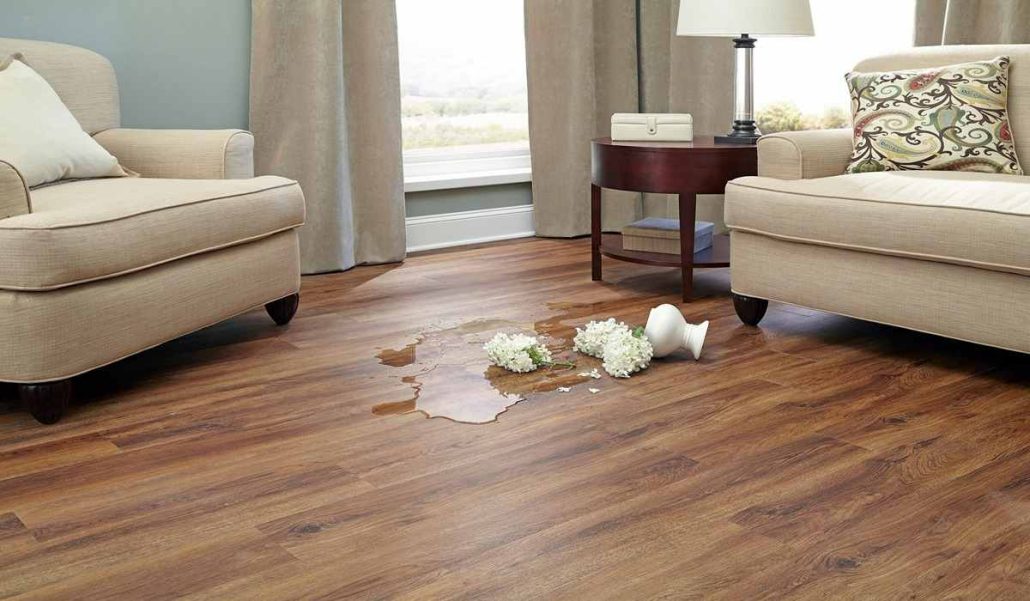
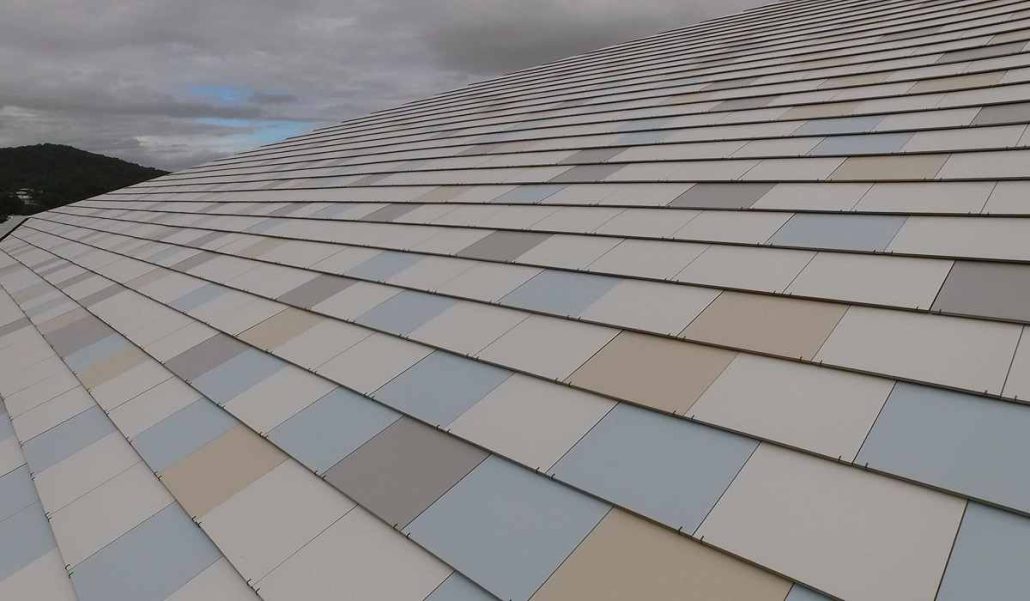
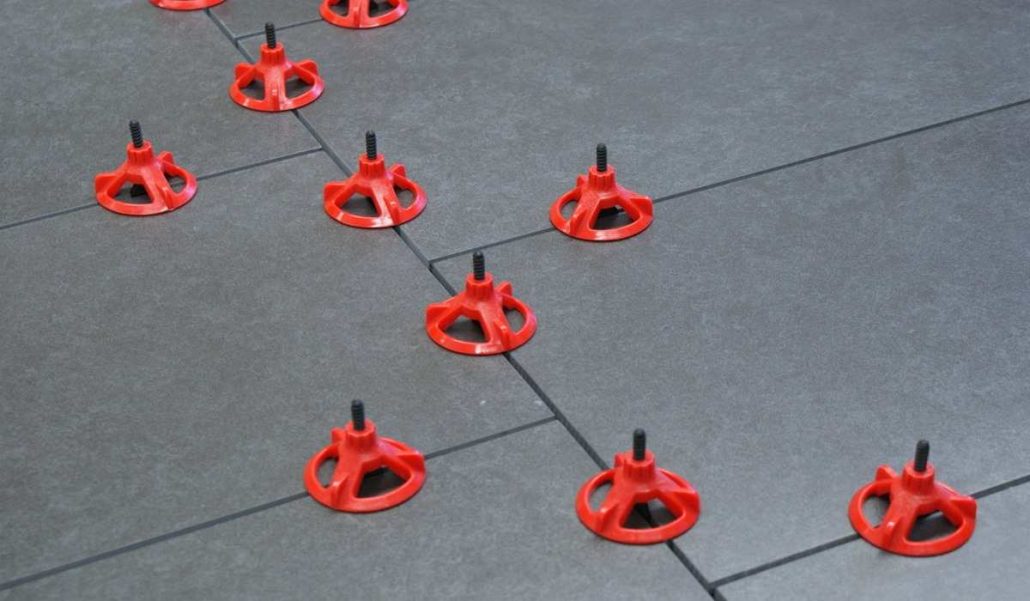
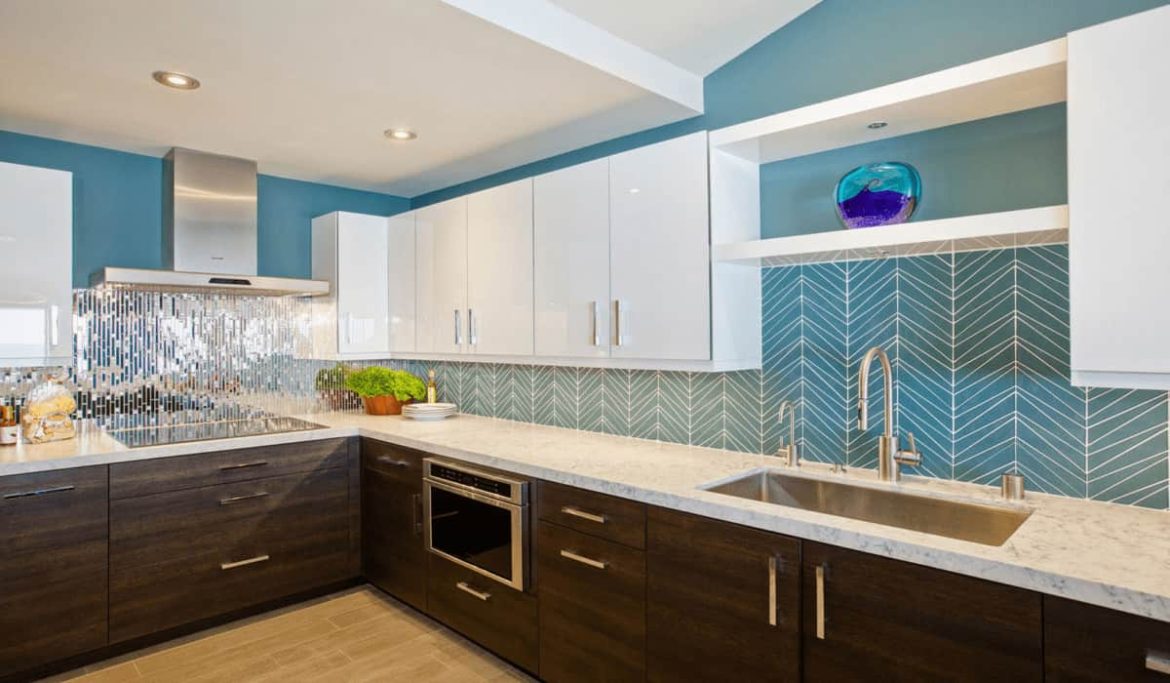
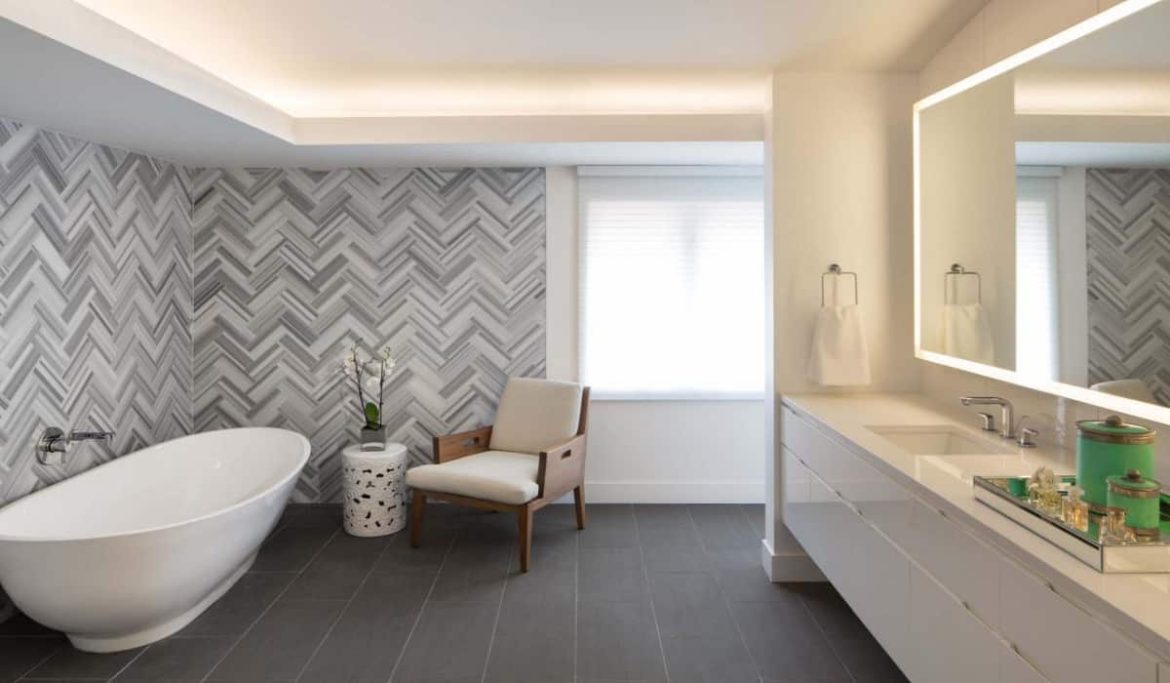
Your comment submitted.